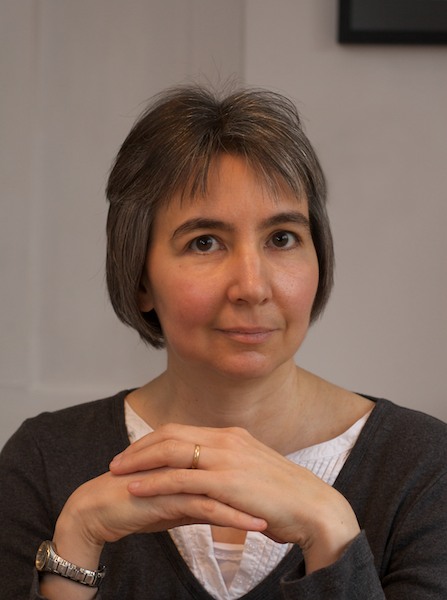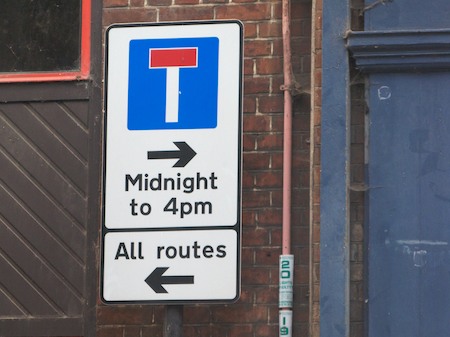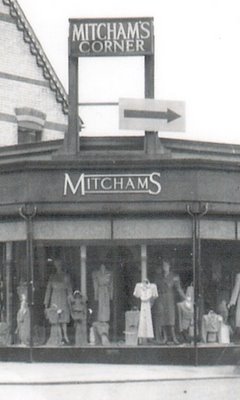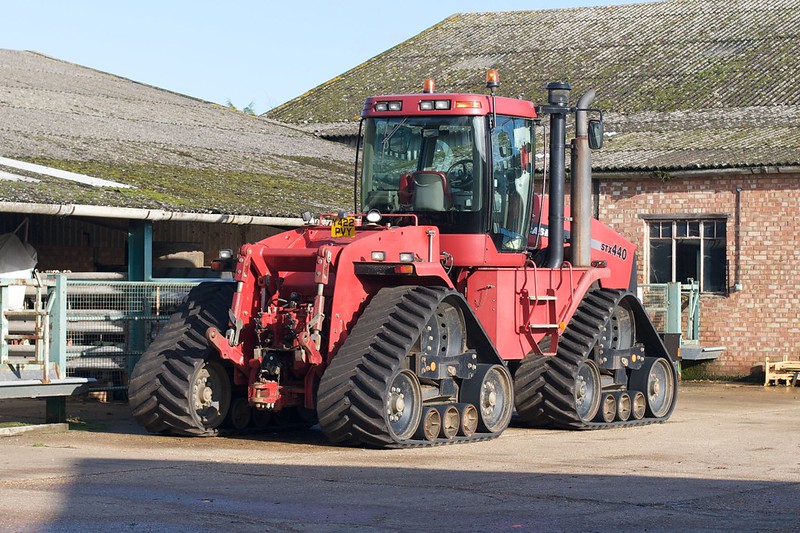Two great TED talks for you this morning: Richard Dawkins, speaking in the States, on atheism, especially in the context of American politics. Hans Rosling, speaking in India, on the rise of Asia – statistics doesn’t get much more fun than this. Both of these are both very funny and very informative, and made more relevant because of the audience in each case. You can use the search box on the right to find some more of my past recommendations from the same speakers.
Monthly Archives: November, 2009
Sent to Arcadia
Coventry isn’t as bad as you might think. No, really, it isn’t. I worked and lived in the city for over a year just after school and, as far as I can remember, it was just fine. On the other hand, I was young, and hadn’t much experience of living anywhere else, so maybe I just didn’t know any better. I can’t say I’ve ever felt a yearning to return…
Well, I’m back again now, manning an exhibition stand at the Ricoh Arena in an unfashionable area to the north of the town. The last time I did the exhibition stand thing was at Olympia – a very much larger event in a very different venue. Then, as I recall, I paid a lot of money to stay in a room so small that putting your suitcase on the floor meant you could no longer walk around the bed.
So what about here?
Here, my exceedingly affordable room is quite a bit bigger than my bedroom at home. It contains a large brass bed, a sofa and a comfy chair or two. An antique wardrobe and an oak chest sit next to the fireplace. I am, in fact, in one of the nicest B&Bs I’ve ever stayed in, a 17th-century haven in the middle of a couple of hundred acres of dairy farm, run by a delightful couple. I can park easily under the trees outside, and the cows gazed thoughtfully at me as I headed out this morning on my way to the exhibition.
So how long did it take me to reach this rural idyll from Coventry’s manufacturing heartland?
Twelve minutes.
Beat that, London.
When you’re smiling…
The publisher asked me to take some pictures of Rose for the Polish translation of The Blackstone Key. I’m quite pleased with this one:

I think part of its appeal for me is the Mona Lisa smile: What is that girl thinking?
Ain’t nothing gonna break my stride
On a country walk today, I came across this wonderful beast. It’s hard to get a feel for scale here, but it was very big!
Do you think this is the sort of thing farmers dream of getting when they win the lottery, where others might aspire to Ferrari-ownership?
More rural, autumnal pictures here.
Improving the RUI – the Road User Interface
The great thing about travelling, I’ve always thought, is that it makes you realise what you’ve always taken for granted at home. Do light switches go up or down to turn them on? Or do you press them in so that a timer can pop them out again when you’re halfway up the stairs?
One thing I noticed when first visiting the States was how much text is used on road signs compared to here at home. We tend to assume that symbols are better and so will create some complicated series of hieroglyphics to indicate that the road narrows and then turns left, while an American sign would probably say “Road narrows then turns left”.
Symbols do have an advantage if drivers are illiterate, dyslexic, or foreign. And they usually take less space. But they need to be used well. Here’s a sign I pass regularly which, I find, takes some thought:

It faces you as you come to a T-junction, so you at least have time to contemplate it, which is fortunate – it would be more challenging at speed!
For me, as I suspect for many people in this situation, the question I am asking is ‘Can I turn right?’. To the right is a useful route that takes you away from the crowded centre of Cambridge where you’ve just been parked. But it is blocked, a little way down, by bollards which let traffic either in or out of town at different times of day. So what this sign says is that you can always turn right or left, but turning right will lead you to a dead end at certain times. Fine.
However, if you arrive just after lunch thinking, “Can I turn right?”, you see the arrow pointing that way, you see the times, you work out whether you are in that midnight-to-4pm slot and then you think “Hurrah!”, before realising that you’ve worked out the times when you’re not allowed to do that.
I don’t know, maybe it’s just the way my brain works that’s strange. Or maybe it was designed by some local logicians to keep people like me on their toes. I think it’s a Microsoft road sign. Lots of different ways to do things and some of them unnecessarily complex.
How would Apple design this? I think the sign would just have a single elegant left arrow. They’d say, “Sorry, that’s the only way you can go. No right-button clicks here. I know that seems restricting, but trust us, it’s for your own good. And doesn’t this sign look beautiful?”
Alternative medicines
There’s a nice saying which captures the fundamentals of alternative medicines:
If they worked, they’d be called ‘medicines’.
Over the centuries, medics and academics have carefully examined herbal and folk remedies and the ones that actually did anything useful became part of the standard medical toolkit. The ones that didn’t are now labelled ‘alternative’, though they can of course have a useful placebo effect.
Anyway, I liked this article about an alternative remedy store in Leicester. Nicely done.
Thanks to Sarah McKeon for the link.
Cambridge Chronicles
 Cantabrigian readers might enjoy a site I’ve just found, Andrew Brett’s Cambridge Back Chat. It’s a fine collection of local history blog posts on a variety of subjects… I, for one, didn’t know that Mitcham’s Corner was named after a clothes shop that used to stand there. Here’s another view.
Cantabrigian readers might enjoy a site I’ve just found, Andrew Brett’s Cambridge Back Chat. It’s a fine collection of local history blog posts on a variety of subjects… I, for one, didn’t know that Mitcham’s Corner was named after a clothes shop that used to stand there. Here’s another view.
The entry I enjoyed most, though, is a very pleasing account of a Bleriot-pattern monoplane landing on Parker’s Piece in 1911.
The full piece is here, and I recommend reading the whole thing, but here’s an extract:
At last Mr Moorhouse gave the word “”Let go,”” and the machine darted forward across the turf at a great pace, heading slightly to the left of the electric light standard in the centre of the Piece. After running about 120 yards the machine was seen to be rising. The wheels were lifting off the grass, and the whole structure was inclining gently upwards. A few yards and she was wholly clear of the ground, and soaring gracefully upwards. It was a beautiful and a wonderful sight to see how the slender fabric seemed to be converted from a thing of earth, struggling as it were to free itself from the invisible bonds that held it down, into a thing of grace and beauty, fairy-like, almost ethereal, freed from grosser things, that seemed to glide through the air as if it were in its native element and to exalt in its freedom from the trammels of earth. There was something awesome in the sight. One seemed to be looking on at the birth of some strange new thing of wondrous possibilities – the dawn of a new era in the history of mankind.
Ah, local papers were worth reading back then!
© Copyright Quentin Stafford-Fraser

Recent Comments